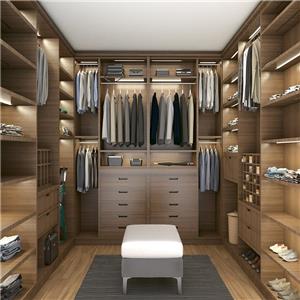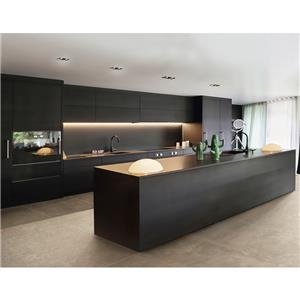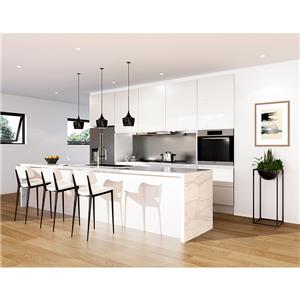Antique China Cabinets: A Guide to Identifying and Valuing 1920s Treasures
Antique China Cabinets: A Guide to Identifying and Valuing 1920s Treasures
1. Introduction:
Antique china cabinets from the 1920s hold a unique charm and historical significance, making them coveted pieces among collectors and enthusiasts alike. These exquisite treasures not only serve as functional storage for cherished china and heirloom pieces but also offer a glimpse into the craftsmanship and design aesthetics of a bygone era. In this comprehensive guide, we explore the art of identifying and valuing antique china cabinets from the 1920s, providing insights into their historical context, distinguishing features, and factors that contribute to their value as precious heirlooms.
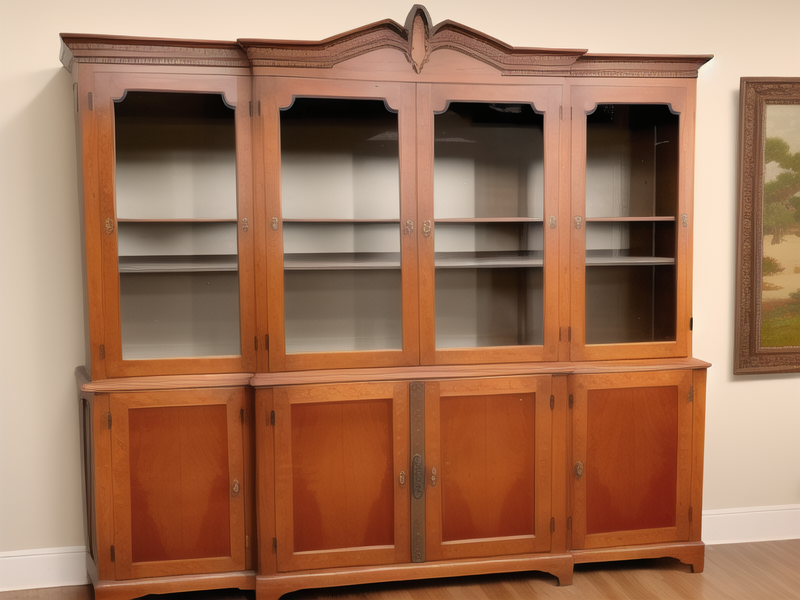
2. Understanding the Historical Context:
To truly appreciate antique china cabinets from the 1920s, it's essential to understand the historical context of the era. The 1920s, known as the "Roaring Twenties," was a period of prosperity and social change, marked by the Art Deco and Art Nouveau movements. China cabinets from this time often reflect the influence of these artistic movements, characterized by bold geometric patterns, intricate detailing, and streamlined designs.
3. Distinguishing Features of 1920s Antique China Cabinets:
Antique china cabinets from the 1920s possess several distinguishing features that set them apart from cabinets of other eras. Look for elegant glass-paneled doors, often featuring delicate leaded or stained glass, which showcase the contents while protecting them. Intricate carvings and inlays, along with ornate hardware, are common elements that exemplify the craftsmanship of this era.
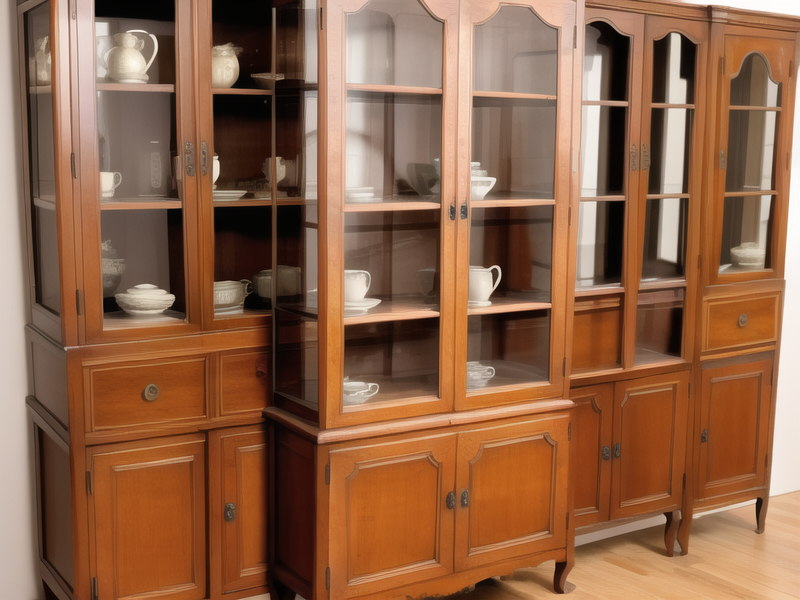
4. Materials and Construction:
Antique china cabinets from the 1920s are typically constructed from high-quality materials such as solid wood, such as mahogany, walnut, or oak. Examine the joinery and construction details, as well-crafted dovetail joints and precise workmanship indicate a piece of higher quality.
5. Assessing Condition and Authenticity:
When evaluating an antique china cabinet from the 1920s, consider its condition and authenticity. Look for original hardware, finishes, and glass panels. While some wear and patina are expected due to age, excessive damage or major alterations may affect its value.
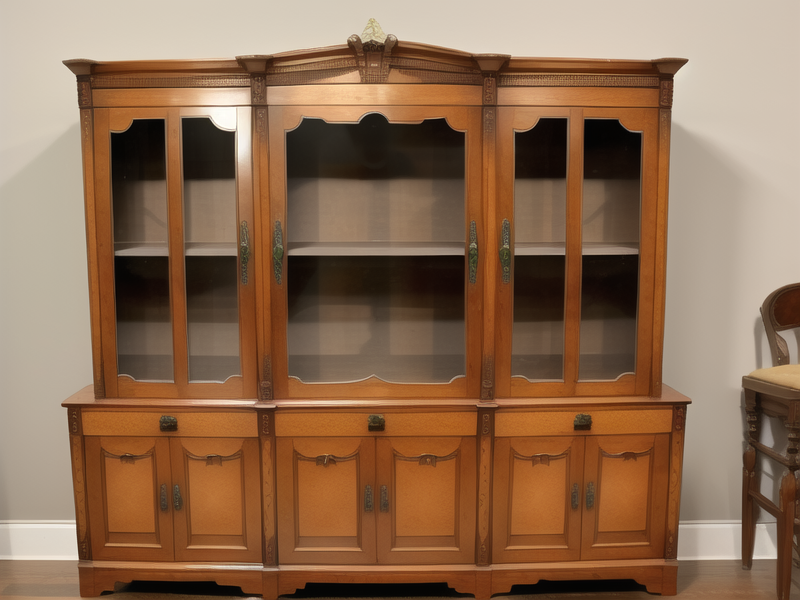
6. Rarity and Provenance:
The rarity of an antique china cabinet and its provenance can significantly impact its value. Consider its historical significance, previous ownership, and any notable associations. Cabinets with unique design elements or craftsmanship attributed to renowned furniture makers may be more sought after by collectors.
7. Seeking Professional Appraisal:
For a precise valuation of an antique china cabinet from the 1920s, it's recommended to seek a professional appraisal from an experienced antique dealer or appraiser specializing in vintage furniture. They will take into account the cabinet's condition, historical significance, rarity, and market demand to provide an accurate assessment of its value.
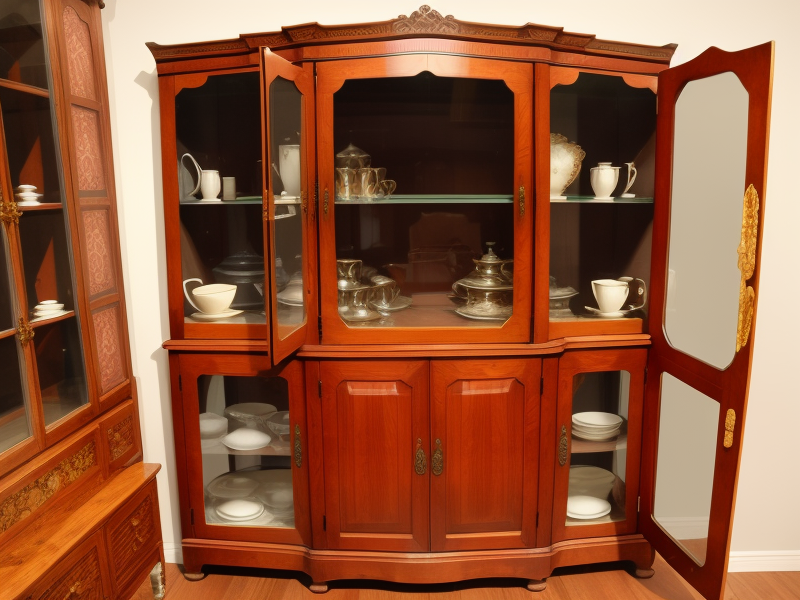
8. Conclusion:
Antique china cabinets from the 1920s are treasured pieces that offer a captivating glimpse into a vibrant era of design and craftsmanship. To identify and value these timeless treasures, consider their historical context, distinguishing features, materials, and construction. Assessing their condition, authenticity, rarity, and seeking professional appraisal will provide a comprehensive understanding of their worth. Whether cherished as family heirlooms or prized collector's items, these elegant cabinets from the 1920s continue to captivate with their beauty and historical significance, transcending time as cherished pieces of art and functional furniture in today's homes.
9. FAQ
Q: How do I know if my item is antique?
A: To determine if an item is antique, examine its craftsmanship, materials, and age. Look for signs of wear, patina, and authentic construction methods. Research the item's history, markings, or manufacturer's details. Consulting antiques experts or appraisers can also provide valuable insights into the item's age and authenticity.
Q: Are antiques a good investment?
A: Antiques can be a good investment for some people, as their value can appreciate over time. However, their market fluctuations and unpredictability may pose risks. Investing in antiques requires knowledge, research, and a passion for collecting, rather than solely focusing on potential financial gains.


